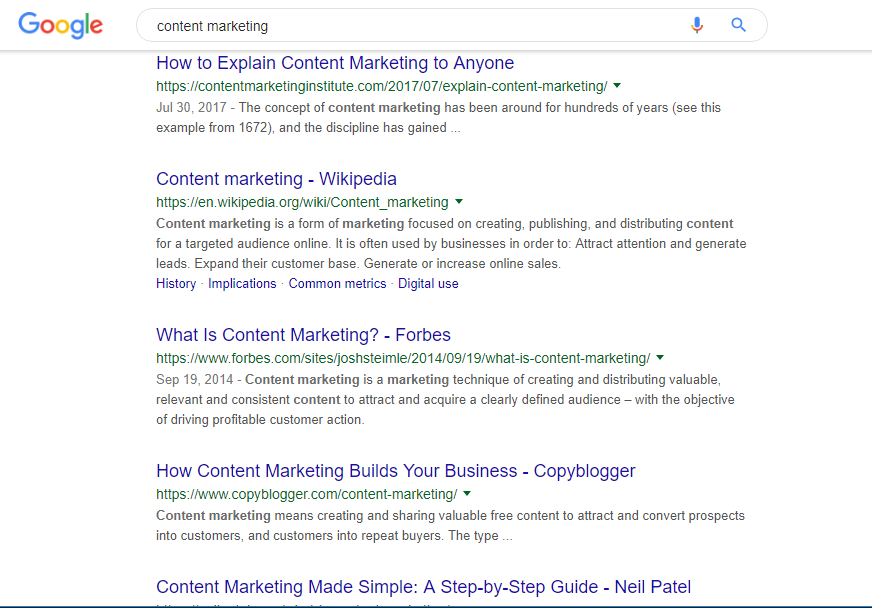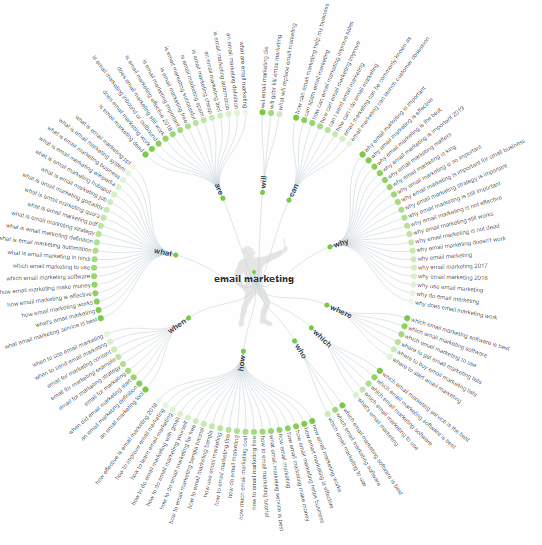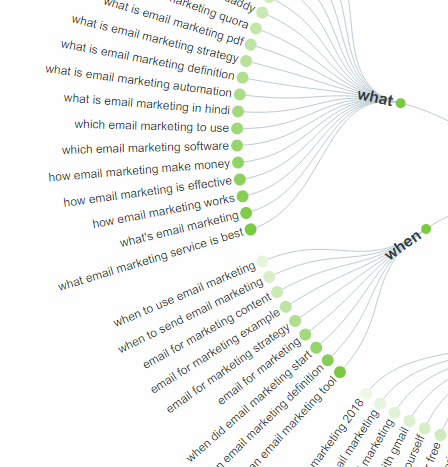SEO is one of the best ways to bring a wider audience to your blog or ecommerce storefront. It’s estimated that by 2020, business owners will spend around 82 billion dollars on their SEO marketing plan. In this sense, it’s obvious that SEO will continue to grow in popularity over the years.
We want to take a look at one of the most important aspects of search engine optimization, and that is understanding the intent of your user when they search for something online. It’s important to constantly think about the intent of your potential customers and what may drive them to your website.
Let’s explore user intent and find out how we can use this complex system to help improve your website’s ranking.
What is search intent?
Before we can dive into how to use searcher intent, it’s important to understand what we mean when we use this phrase. In a nutshell, searcher intent is the reason why someone would search for something.
Knowing the intention of your audience, and potential customers mean you’ll be able to plan ahead and pick keywords that will make them more likely to find your site while searching online. Now let’s take a look at the two major types of intent and how you can determine the best approach to your search engine optimization.
User intention types
A study out of Hong Kong called “Utilizing search intent in topic ontology-based user profile for web mining” divided the reason people search for something into two categories. You should view the first type of user intention as a wide fishing net. They are looking for something, but on a broad scale based on their keyword choice.
Here’s a great example to consider from a simple Google Search. We decided to look up “content marketing” so that we could analyze the results.

Source: Google search
Notice that there are a ton of different results here. We have the definition of content marketing, how to explain content marketing to someone else, a guide to effective content marketing, and how content marketing can effectively grow your business.
The broader the search, the more information the end user is likely looking for. You have to be willing to predict the searches potential customers may make and work towards ranking for those keywords with effective link building, content creation, building social proof, and by keeping an eye on your traffic as you implement new keywords into your website.
The second type of user intent mentioned in the Hong Kong study is a more specific, tight, and refined search. Instead of a broad net, the user is looking for something specific. If you’re able to anticipate what kind of questions, concerns, or pain points your audience is facing, you can better prepare for their searches and work on building pillars around those keywords.
Here’s an example of a specific search on Google. We looked for “how can email marketing help my business?” and this is what we found.

Source: Google search
Every single result is about the same topic, improving your business by using email marketing. In other words, the more specific the search query, the more tailored content you should make to fit that topic.
But how can we determine what someone is going to search?
Tools to improve your predictions
We all know that there are a ton of different tools designed to help you fine-tune your search engine optimization. Many business owners struggle with the idea of finding pain points and then using those problem areas as a jumping off point for better optimization.
The good news is that there are a couple of free tools available to help you come up with great ideas for keywords as well as popular topics that you can use to create your own pieces of unique content.
As far as keyword research goes, you should already have the Google Keyword Planner tool. This tool helps you determine whether a certain search is generating a lot of traffic, and how much competition there is for that particular word or phrase. Ideally, you’re going to want to pick keywords that have low competition but a high search volume.
But beyond that, there is also the task of coming up with keywords that fit the broad net approach, as well as the very specific niche topics. AnswerThePublic is a great resource for discovering keywords based on an initial search. Here’s an example of “email marketing” after the big map we will zoom in and see how you can pick quality keywords based on your user’s intent.

Source: AnswerThePublic
Every branch you see here is a different topic idea. It may seem overwhelming at first, but if you think about what your website does, why users may need your product and service, and what kind of problems they are encountering you’ll be able to choose the word or phrase that most likely lines up with their intent.
For example, let’s take a closer look at the “what” and “when” groups under email marketing. If you’re selling a service that helps with email marketing, which topic do you think would most align with the goal of your potential customers?
‘
Source: AnswerThePublic
It’s pretty obvious that potential customers are going to want to know “when to use email marketing” and have no need for “what is email marketing in Hindi.” How do you know this? Well, because your business is one that focuses on helping customers with email marketing, including their strategy. The percentage of people looking to learn email marketing in Hindi versus one who just wants to know when they should use email marketing is the difference between night and day.
Tools like AnswerThePublic are great resources for those who want to expand their search reach, but not quite sure where to begin.
Conclusion
There’s no doubt that SEO is here to stay. If you want to make the most of your business it’s crucial that you think about the intent of your customers when they are using their search engines.
Try putting yourself in the shoes of a customer. What kind of questions would you have about the niche you cover (prior to finding your site.) Most importantly, you should try to think about what kind of content you can develop that will help answer those questions. The proof is in the pudding, valuable content ranks high on Google.
If you’re willing to take the time to explore your audience and their intent, as well as do everything you can to solve their problems with stellar content and smart SEO keywords, you’ll find that reaching that elusive first page of Google is not just possible, it’s probable.
The post How to understand searcher intent to boost SEO rankings appeared first on Search Engine Watch.
from SEO – Search Engine Watch http://bit.ly/2WP6ZBl
via IFTTT

No comments:
Post a Comment